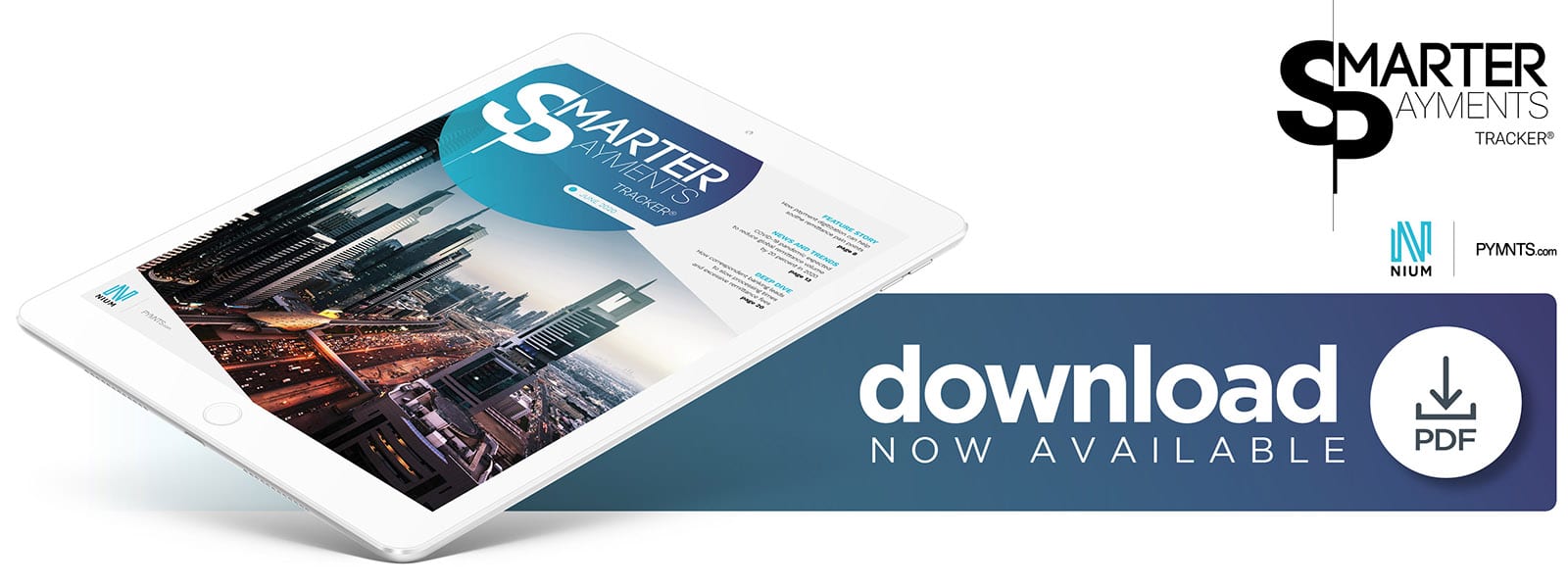How Digitalization Soothes Cross-Border Payment Pain Points

For UAE’s 90 percent expatriate population, sending remittances back home often means paying exorbitant fees and dealing with glacial processing times. But use of local switches and remittance-as-a-service has a real potential in disrupting the old ways of remitting money, according Mashreq Bank’s Executive Vice President Rohit Garg. In this month’s Smarter Payments Tracker, Garg discusses how these news tools can simplify cross-border remittances while cutting out the middleman.
Few countries are more familiar with the challenges associated with cross-border payments than the United Arab Emirates, where the population of 9.2 million includes 7.8 million immigrants. Those demographics remit billions of dollars back home to Bangladesh, India, Pakistan and other countries all around the world — necessitating a simple and seamless cross-border remittance process.
“It’s a country with a 90 percent expatriate population,” said Rohit Garg, executive vice president at Dubai-based Mashreq Bank, in a recent interview with PYMNTS. “Money transfers and cross-border payments assume a lot of significance, because most expatriates send back money to their home countries.”
The cross-border payments process, however, has significantly improved for immigrants living in the UAE in the past half-decade with the introduction of a “local switch” — which brings a new level of efficiency in what may have formerly felt like a hair-pulling process.
Obstacles to smooth remittances
Cross-border remittances have dramatically changed over the past several years. What was once a process conducted almost entirely on paper has now become a faster, more digital experience, according to Garg.
“Until about three to five years ago, money-transfer companies and exchange houses had the lion’s share of the business,” Garg said. “People typically queued up with money in hand, mostly in cash, at physical outlets to send money. They offered a better exchange rate [than banks] but they charged a fee, and the money could take three days to get delivered.”
This three-day or longer wait time was a major pain point for individuals sending remittances, especially for day laborers — who are often the primary breadwinners in their family and cannot afford payment delays. The cause of this slowness was a lack of trust between banks, according to Garg.
“If I [as an FI] have to send money to somebody unknown in another country, I don’t know which bank I can trust,” he explained. “This was because there was a lack of information, because there was no central network that connected to all countries.”
This lack of a central network meant that each bank had to set up international payments agreements with other banks on a bilateral basis, routing payments through a daisy chain of FIs before they could reach their ultimate destination. This made remittance payments slow and also exorbitantly expensive for the sender.
“That led to multiple levels of fees being leveled to the end consumer, because everybody who was in the chain obviously wanted to cover his cost and a little more,” Garg said. “That essentially [caused] a pyramid of fees that made sending remittances extremely costly. In certain instances, sending a remittance could cost up to 12 percent of the total amount.”
Another ongoing issue that complicated and added friction to cross-border remittances was fraud, added Garg. As the remitted money was transferred from one bank to another, senders could not track the whereabouts of their money, which weakened the remittance process’s security. This lack of feedback also meant that i it was impossible for the payer to know why payments did not show up.
“Wherever there is money, there is fraud,” Garg said. “You were sending money to a financial institution and you didn’t know how many hops [between FIs] there would be in between, and the information was not available [in] real time. If your money was not delivered for certain reason[s], getting that money back was quite cumbersome.”
Many of these problems have been mitigated in recent years by an increased reliance on digital payment methods, according to Garg. The key to this improvement has been what is called a “local switch.”
Making cross-border remittances faster and safer
The deployment of the local switch meant that banks no longer had to connect specifically to another individual bank and instead connected to another country. Any bank in a given country could connect seamlessly to any bank in another country by routing through the local switch — rather than relying on a chain of bilateral agreements to get the money where it needed to be.
“Sitting here now in Dubai, I can check how many banks there are in Boston, which [ones] have the best infrastructure, and to which banks I can connect to get access to the local switch, for example,” Garg said. “FinTechs have bridged this gap by creating point-to-point connectivity between various cities, so banks can connect to a particular country and FinTechs can handle the distribution by connecting to multiple FIs through the local switch.”
Relying on these local switches rather than working through a spiderweb of bilateral connections has simplified nearly every part of the payment process, Garg said. The payments not only occur in near-real time, but also users are kept apprised of their payment status every step of the way.
“Convenience, speed, transparency and economy — all the four boxes are checked when you look at this model,” Garg said. “All of the [fraud prevention] checks are done in a nanosecond, so that [one can] send money from the UAE to the UK in a couple taps and it gets delivered instantly. I think that’s a dramatically different experience than what it used to be five years ago.”
Innovation in the next five years will likely focus on bringing this same speed and convenience to the cross-border business-to-business payments scene, said Garg. The lessons learned in improving the remittance experience will serve banks and FinTechs well as they work toward solving other cross-border payment challenges.

